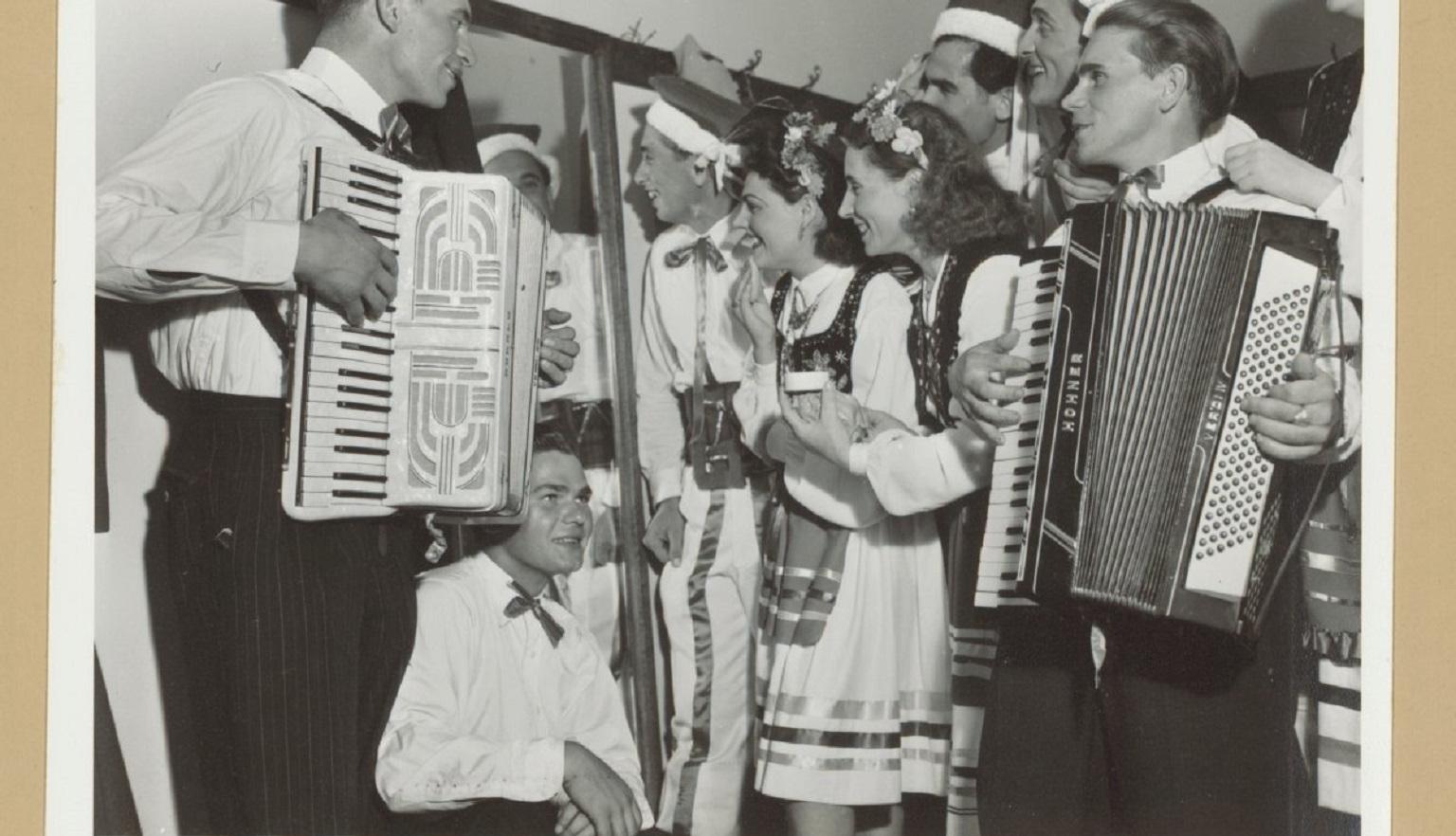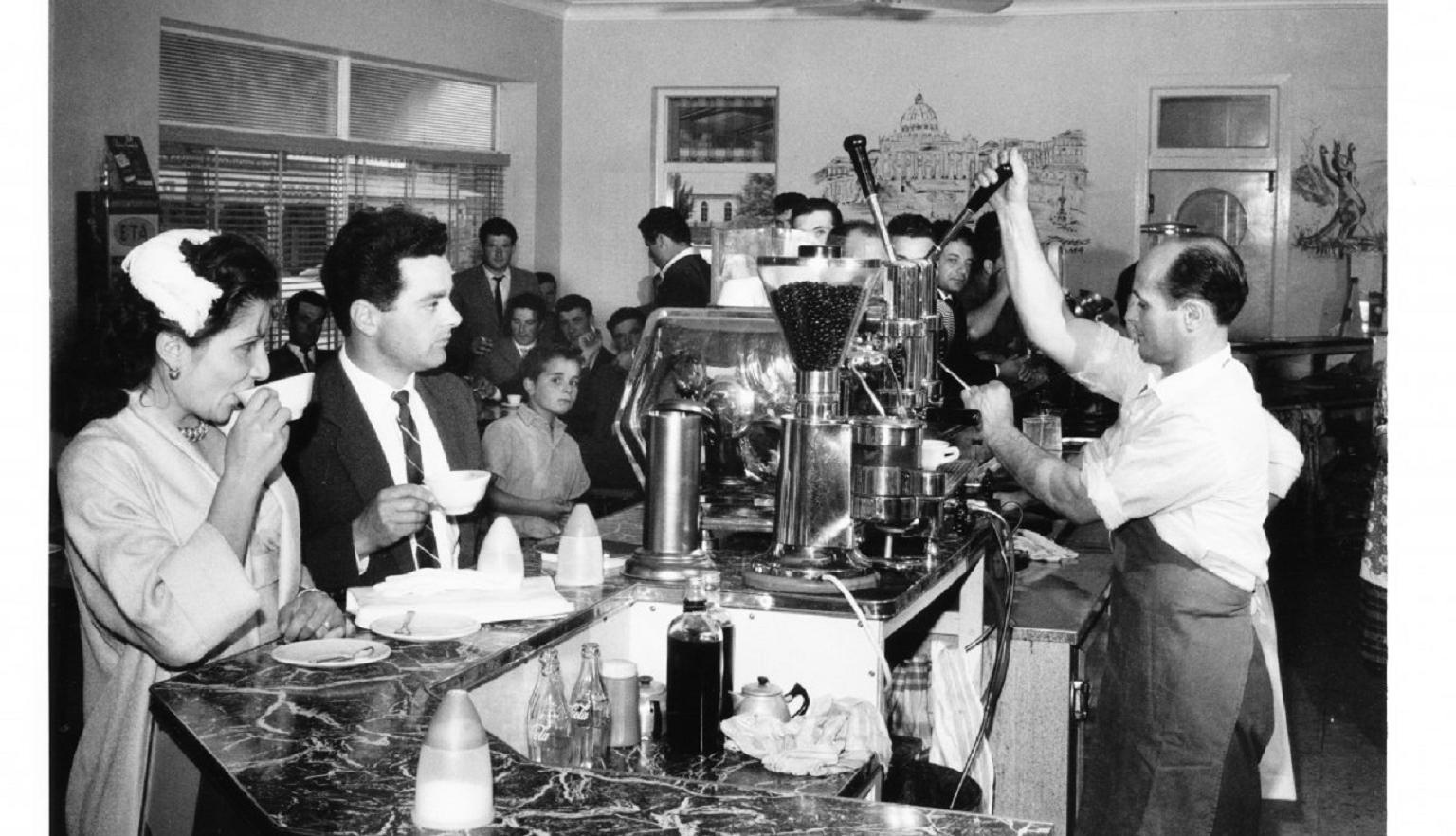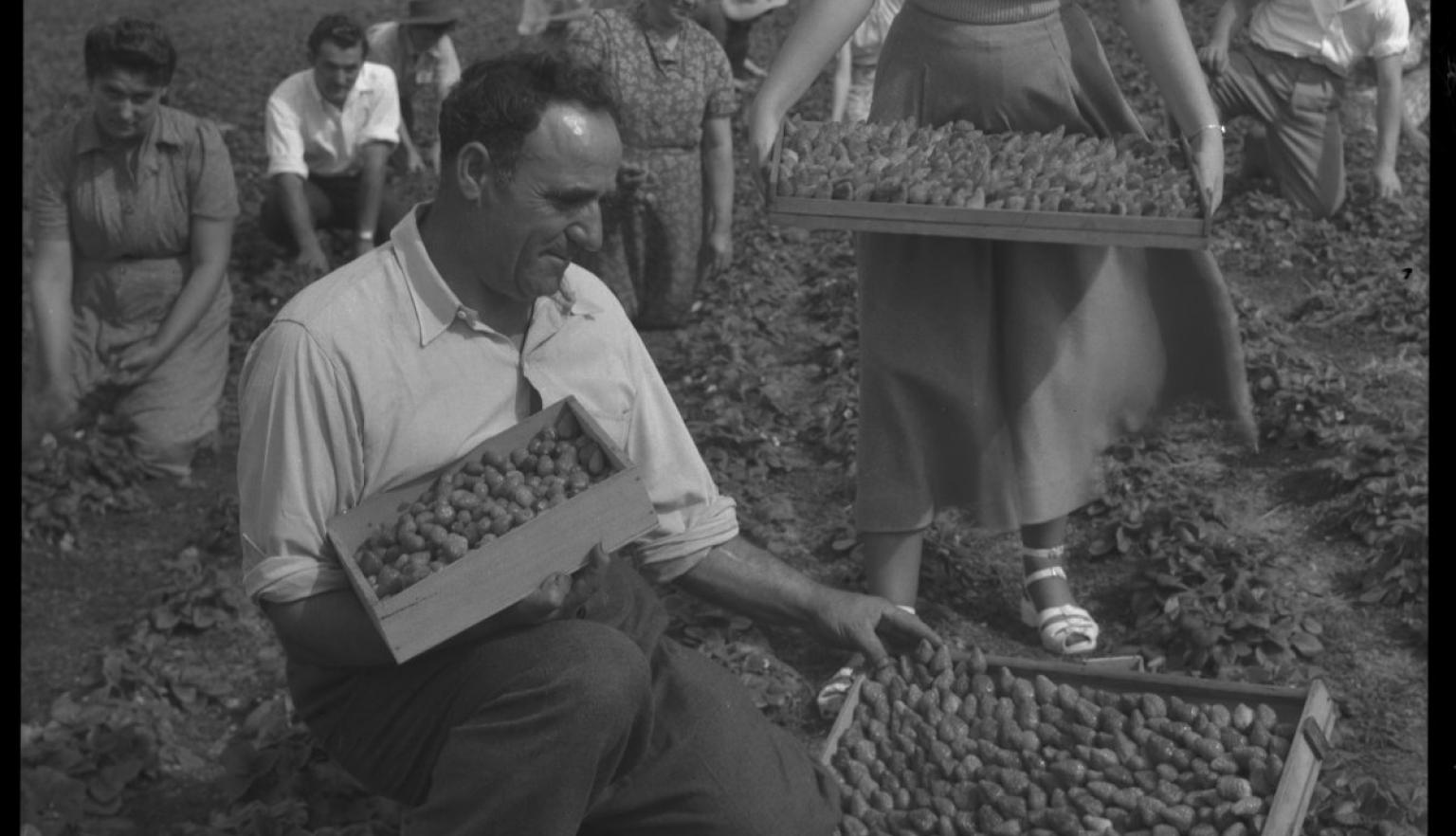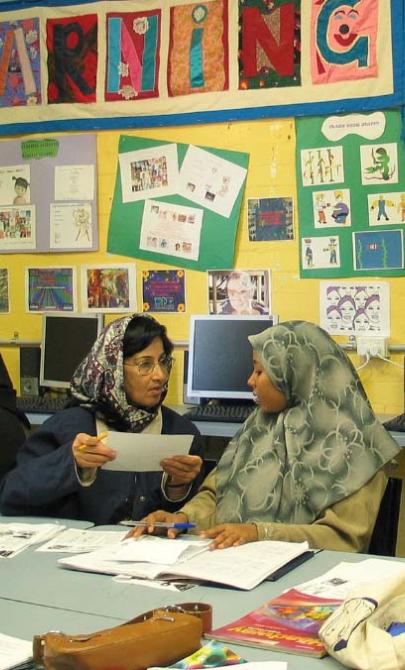Diverse communities
Cameleers and inland exploration
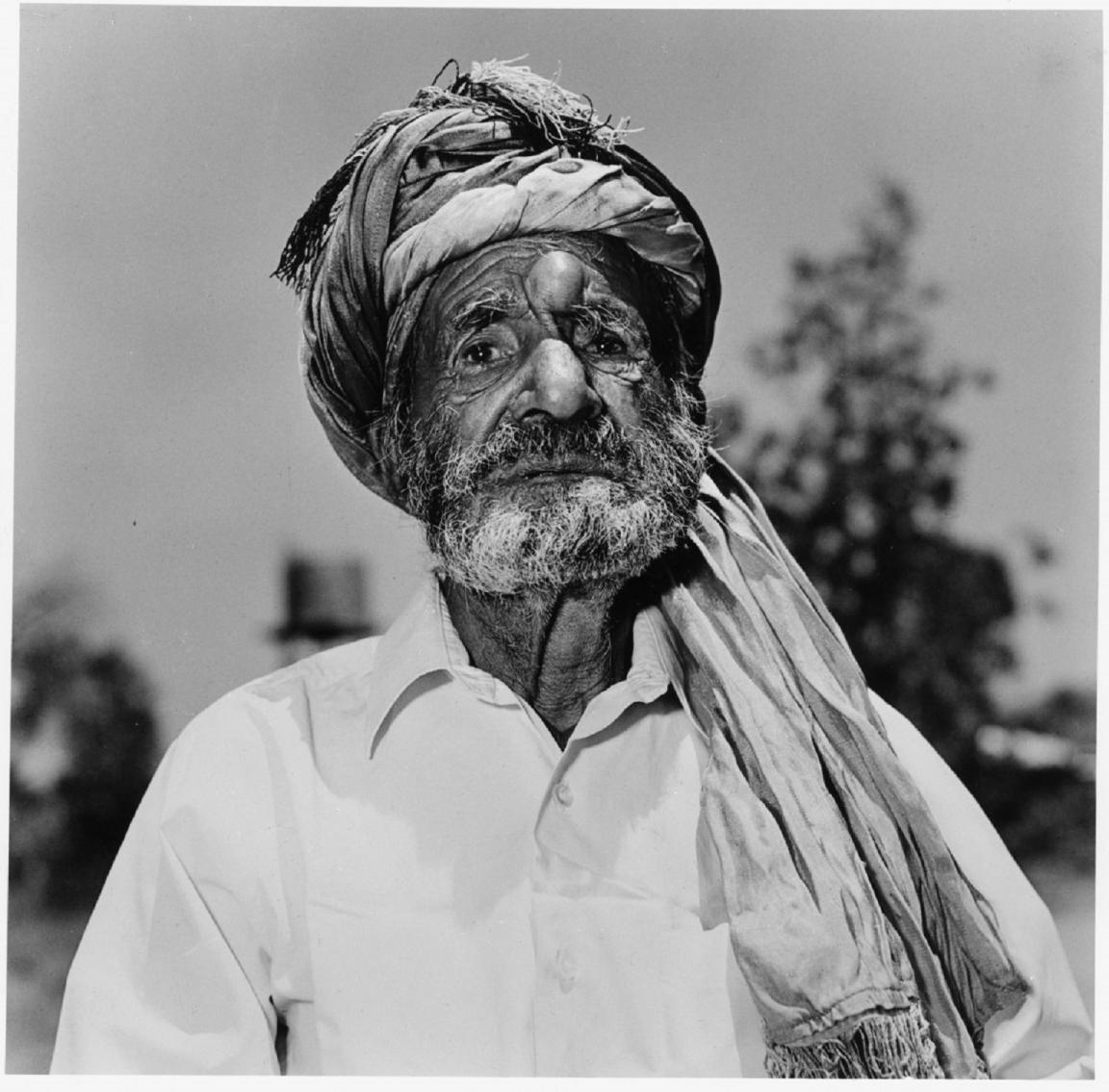
Robin Smith, Old Afghan camel drover Saidah Saidel, Alice Springs, Northern Territory, 1966, nla.gov.au/nla.obj-146607205
Robin Smith, Old Afghan camel drover Saidah Saidel, Alice Springs, Northern Territory, 1966, nla.gov.au/nla.obj-146607205
In the last decades of the 19th century, many cameleers were brought to Australia from places such as Afghanistan, Kashmir, Persia, Baluchistan and the Punjab. The arrival of camels, together with these cameleers, helped greatly in exploring inland Australia, because horses were unsuited to the dry conditions. Camels were also used to carry supplies and mail to remote areas, and to develop the Trans-Australian Railway and the Overland Telegraph.
Despite coming from many countries, the cameleers were known as ‘Afghan’ cameleers. Although they spoke a variety of languages, many of them shared a faith in Islam.
Activity 1: Imagine and ask
Share this image with your students and explain that it was taken in Alice Springs in 1966. What might Saidah Saidel, the man in the photograph, have been doing there? What stories might he tell? Have your students write three questions that they would like to ask him if they could.
Multicultural communities
Use these Australian photographs to explore the contributions that people of diverse backgrounds bring to communities.
Activity 2: Meaning
Working as a class or in small groups, ask students to consider the following questions for each photograph:
- Where and when might the photograph have been taken?
- Who are the people in the photograph?
- What are they doing?
- What might they be thinking about?
- How might they be feeling?
Activity 3: Caption
Ask students to write a caption for each photograph expressing their own ideas about the story each image tells.
Activity 4: Discuss
Share a few of the captions students have written and then discuss the actual captions for each photograph. Discuss the contributions that people of diverse backgrounds bring to communities.
Diversity in modern communities
Modern communities are full of people of different ages, cultural heritage, skills and hobbies who share things and have things in common too.
Activity 5: Brainstorm
As a class consider the diversity in your local community. Brainstorm some of the ways that people in your community differ from one another; for example, age, cultural heritage, skills and hobbies. Then brainstorm the things that people in your community share; for example, shops, weather and values.
Activity 6: Discover
Ask students to identify a person (or group) from your community whose story they would like to discover. Ask students to write four questions they would like to ask that would help them to learn more about the person’s background. Encourage students to ask the person the questions and to write down the responses. Publish a class collection of the stories to highlight some of the diversity in your community.

